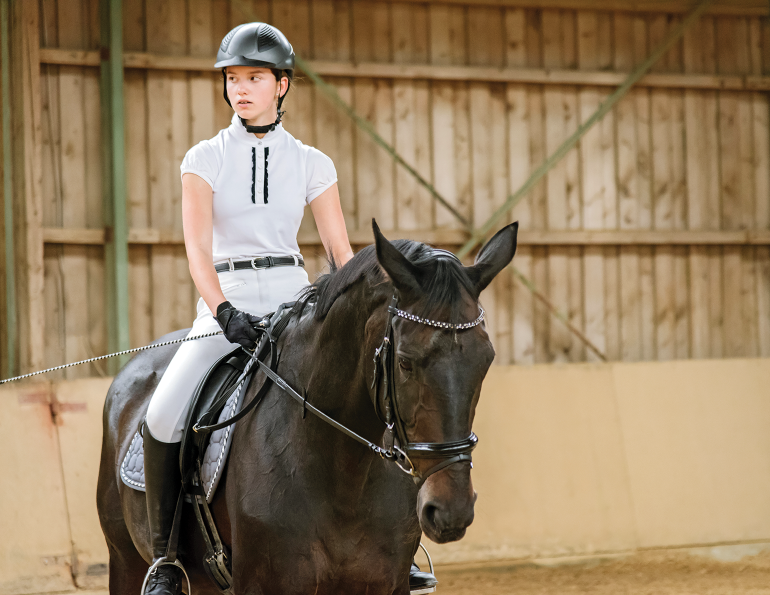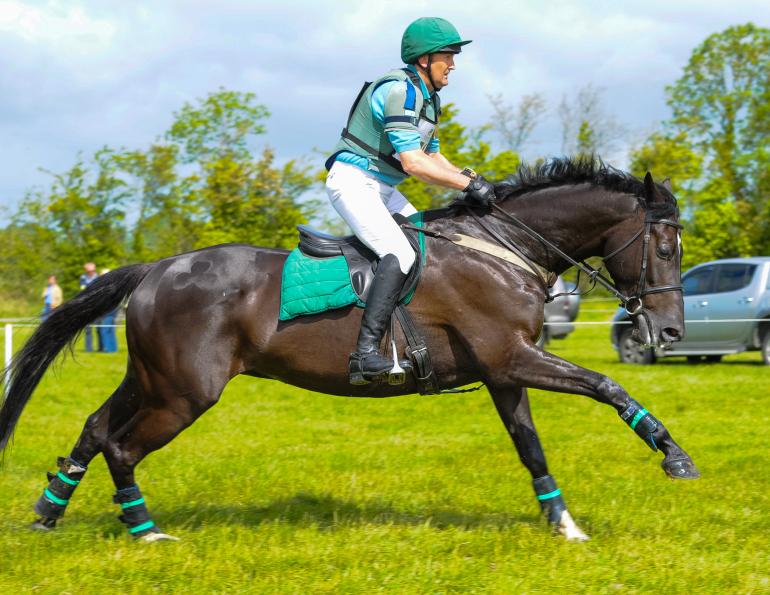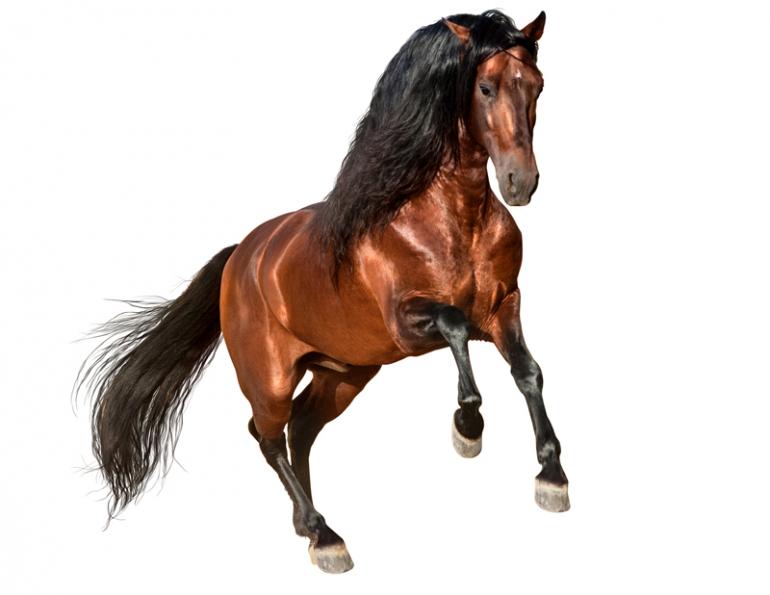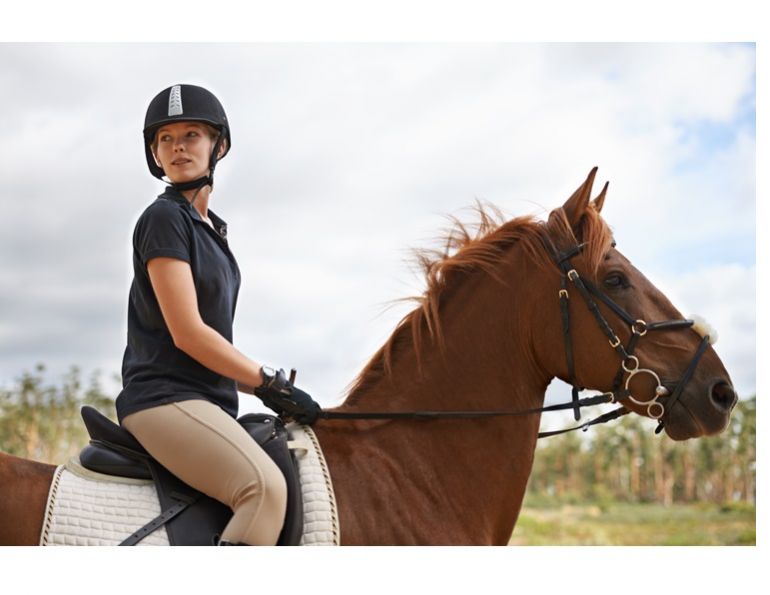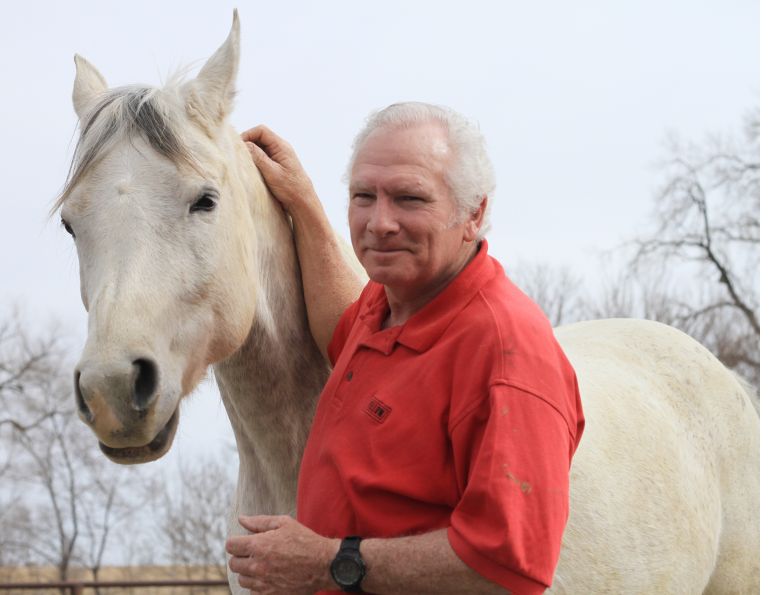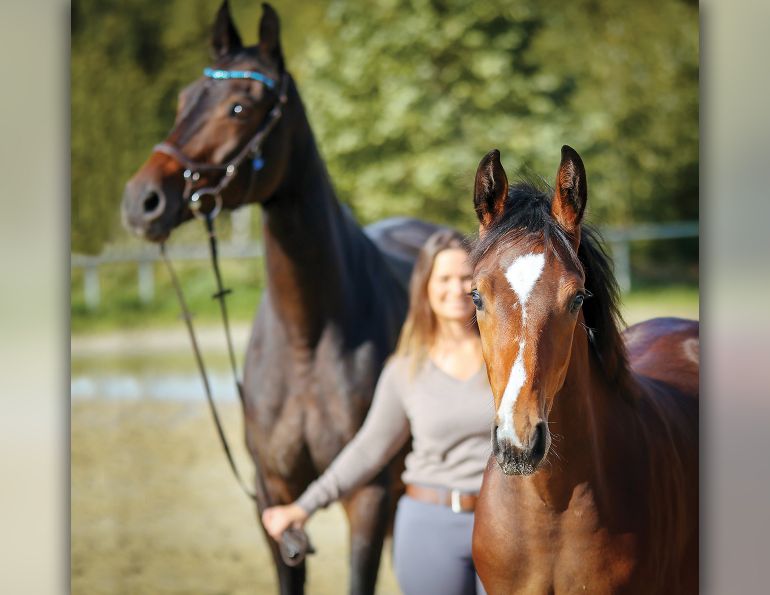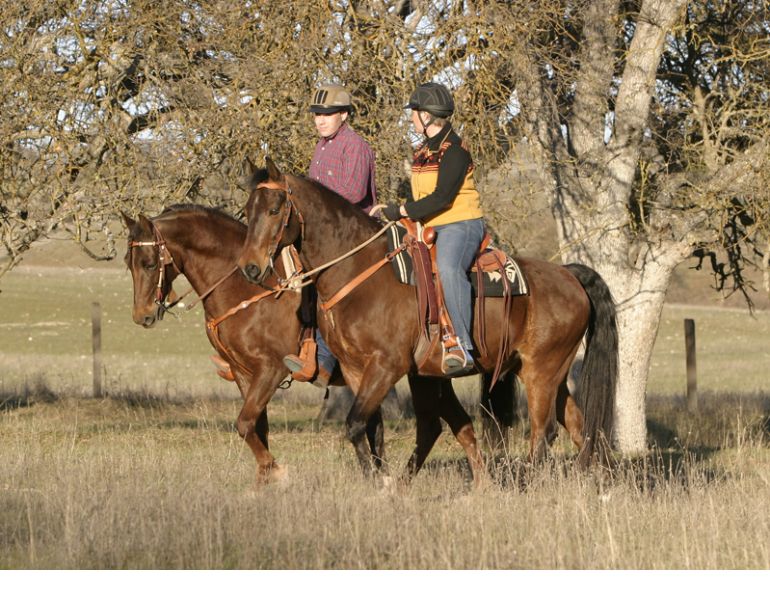Facing Fear - Real and Imagined
By Annika McGivern
The Mediterranean waters glistened below me. As I stood on the edge of the rockface, contemplating the 25-foot drop into the clear blue sea, it felt like my body was screaming at me to not jump. My knees were shaking, making my legs feel unsteady. My mind felt fuzzy and slightly disconnected from reality. I was more acutely scared than I had been in quite some time. But here’s the thing: I really wanted to jump. I was in Croatia and the sea was warm and inviting. I had watched about 10 people make the same leap quite safely and I knew, rationally, that it really wasn’t that high. I was determined to push through my nerves and do it, but in that moment I wasn’t entirely sure my body would let me.
This experience reminded me that we can have goals that are very different from those we feel comfortable enough to accomplish. Through equestrian sport we seek challenging experiences that bring meaning and excitement into our lives, yet those same experiences come with risk that we may not feel comfortable with. I wanted to jump off that rock, but my body most certainly did not. In the past I’ve wanted to get back on a horse that bucked me off the previous day, but my body most certainly did not. Maybe you want to jump bigger jumps, gallop faster, ride new horses, or simply pick up the canter, and your body is not on board. How do we find the balance between listening to our bodies and keeping ourselves safe, yet also taking on those rich and meaningful challenges and experiences that allow us to grow as riders and individuals?
The Two Types of Fear
Fear falls into two categories. The first, rational fear, is experienced in response to real danger and risk in our environment. The second, irrational fear, is experienced in response to a perceived risk to our self-image. If you were hiking and turned the corner to discover a mama black bear and her cubs, you would experience rational fear. Your body would respond by pumping your system full of adrenaline and other hormones designed to help you fight, flee, or freeze your way to survival. Now imagine being asked to share a deeply personal story of failure to an audience of 500 strangers. For many of us, we would experience the exact same physical response as when we stumbled upon the bear. Yet, in this case we are not in any physical danger. In this scenario there is a perceived risk to our self-image. We are opening ourselves up to judgement and scrutiny.
Fear is a very real experience for equestrians. After all, our sport carries with it a legitimate risk. We regularly grapple with the rational fear associated with sitting astride a large animal with its own mind, and we also are plagued by the fear of failure, of judgement, and of not being good enough. These fears are irrational because they are created and perpetuated by holding an inaccurate or simply unhelpful perspective of reality. As these two types of fear come from different places, each type requires a different approach and skill set to manage and master.
Related: Podcast - Rider Fear with Jec Ballou
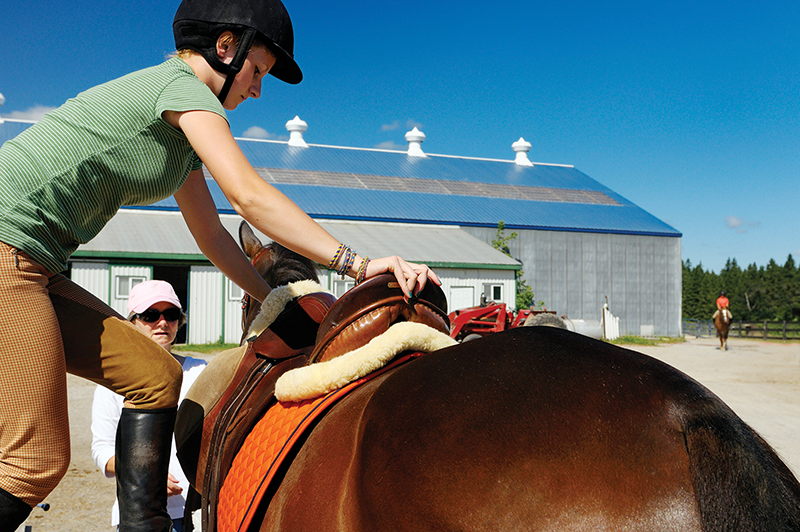
Riding is a risky sport, but by understanding and managing our sources of fear we can stay as safe as possible while enjoying this amazing experience. Photo: Shutterstock/Reimar
Managing Rational Fear
Step #1 — Start managing your breathing. Pull deep breaths right down into your stomach. You’ll know you’re doing it right if your stomach expands with each breath. Give it a try now! Release this deep breath slowly and intentionally, making the exhale slightly longer than your inhale. This type of breathing sends a calming message to the mind and body. It helps us dial back our fear response just enough to assess our situation.
Step #2 — Assess the situation. “Am I in danger?” There are two possible scenarios here.
The first is that you are facing a legitimate high level of risk or danger. For example, you are being asked to get on a horse that has just twisted itself inside out on a lunge line and is now staring at you with wild eyes. In this case, it’s critical that we acknowledge and consider the level of risk we are taking on and make an appropriate decision. Ask yourself, am I comfortable with this level of risk? What can I do to reduce the risk so that I can feel safer continuing? Sometimes the best thing to do is not get on at all, or to dismount.
The second scenario is that the level of risk we are facing is quite low, but our body’s signals are in reaction to the memory of a previous trauma or scary incident. Maybe you were bucked off a horse the last time you asked for a canter transition and now, although you are sitting on a different horse, your body is anticipating a similar outcome. You feel frozen and unable to ask for the canter. In this case, we need to recognise that our body is reacting to a memory as opposed to a real, immediate risk. Although there is always a level of risk when sitting on a horse, in this case the risk is not as high as our body’s reaction implies. Remind yourself that you are safe. Ask yourself, am I willing to accept the low level of risk here and continue? Continue to breath and break the task down into very small steps, focusing on each step one at a time. Ask for support from a friend or coach to guide you through the task or challenge.
Managing Irrational Fear
Step #1: Start managing your breathing. See above!
Step #2: Search for the story at the heart of your fear. Irrational fears all come from stories we are telling ourselves about ourselves and the world around us. This story might sound like:
Everyone is watching me ride and thinking that I don’t know what I’m doing.
If I mess this up it means I’m not good enough.
This seems way harder for me than it does for other riders. That must mean I’m not talented enough to be here.
Step #3: Challenge and rewrite the story. Write the story down or say it out loud to yourself or someone you trust. Doing this brings the story out of your subconscious mind and into your conscious mind, which allows us to look at the story from a more logical perspective. Ask yourself if this story is 100 percent true. Is this story helping me achieve my goals, or is it distracting me from performing to the best of my ability? Look for a way to reframe and rewrite this story into something that empowers you to let go of the fear and take on the challenge.
There is no way for me to know what other people are thinking. I am going to choose to focus on my thinking and my experience.
If I mess this up, I’ll learn something and get to try it again. Not trying will hold me back. Trying and eventually learning how to do it will move me forward.
Riding is a difficult sport, and everyone struggles with it. Being talented doesn’t mean everything feels easy. I create my own talent through effort and persistence.
When seeking to manage our fear, the more information we have, the better. Are we facing real danger, the memory of danger, or an imagined threat to our self-concept? If you’re not sure, ask the opinion of someone you trust such as your coach. Through reflection and conversation you’ll start to be able to pick apart the different sources of fear that impact you as a rider.
You are bigger than your fear. Except for the scenario where the risk is too high to continue, practice facing the fear to build confidence until the fear is reduced enough that it no longer feels unmanageable. When we are caught in the chaos of fear it’s easy to feel like it’s in control, but this isn’t true. It is possible to be afraid and still act. It is possible to be afraid and confident at the same time. Riding horses carries real risk. It is also a challenge that pushes us to grow and brings joy and meaning into our lives. Learning to manage our fear allows us to engage with this challenge in a way that keeps us as safe as possible, while also allowing us to access the rich and wonderful experiences that accompany it.
Standing on the top of the rock in Croatia, I started to manage my breathing and felt myself connect back into my body. I reminded myself that yes, there was a risk, but it was very small. Although I was scared, I was also confident that I could manage my mind enough to take the leap. I visualized myself doing it. I breathed some more. Suddenly, I was calm enough that my goal to jump became more powerful than my body’s urge to not jump.
I leapt and plunged into the clear water below.
Related: High Performance Habits for the Horse Competition Season
To read more by Annika McGivern on this site, click here.
Main Photo: iStock/Mlenny



